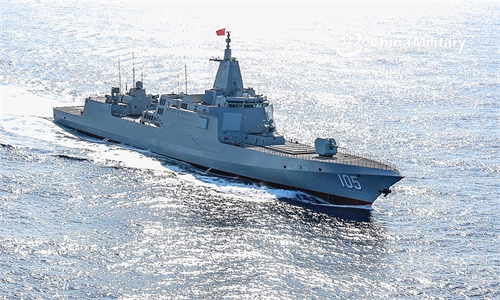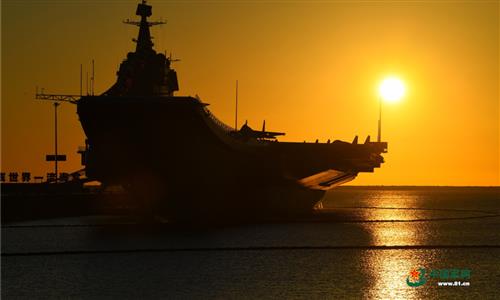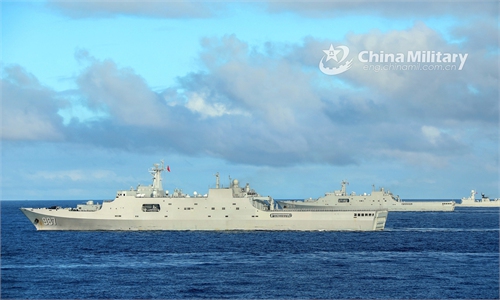ARTS / CULTURE & LEISURE
New book by PLA Navy senior captain elaborates on China’s maritime stories
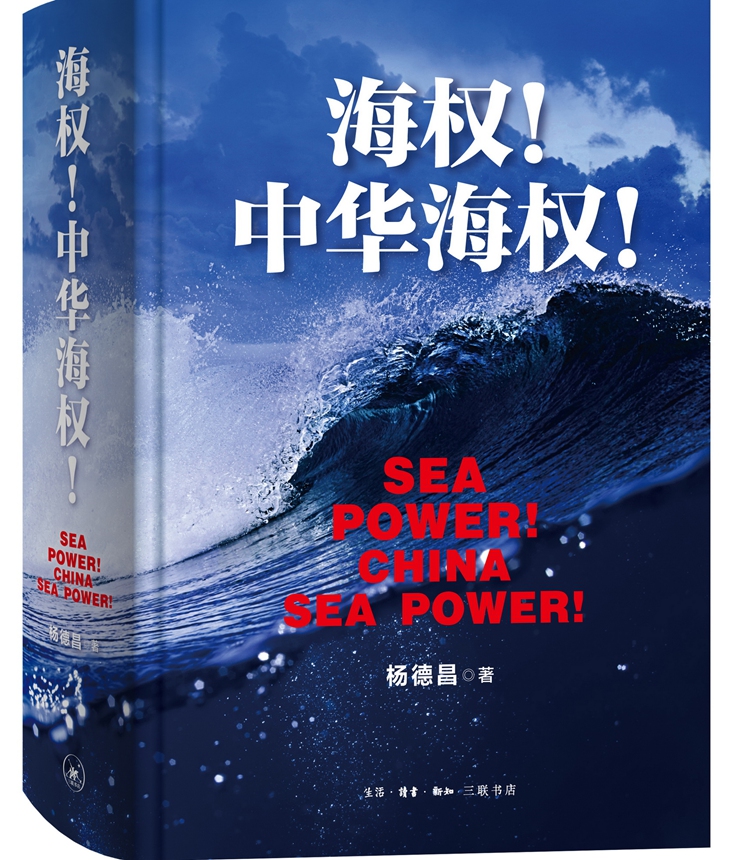
The book cover Photo: Courtesy of Yang Dechang
A book that showcases China's maritime history, while elaborating the development of China's sea power was launched at the beginning of 2023 in Shanghai. The book, named Sea Power! China Sea Power!, says that China was one of the earliest nations in the world to seek strength from the sea, given its ancient maritime activities.
"During the 1980s, many people believed that while the Western 'blue civilization [the civilization of the ocean],' was taking hold, Chinese civilization was confined to farming and thus it could only be called a 'yellow civilization [the civilization of land],' lacking the spirit of maritime exploration," Yang Dechang, author of the book, told the Global Times in a recent interview.
"However, looking back and carefully reading the history of China's advancement on the sea, we need to deny such a claim."
A senior captain in the navy, Yang possesses a rich life history as a member of the Chinese Writers Association, a former naval correspondent for the Chinese newspaper Guangming Daily, and the former director of the navy museum in Shanghai.
During his service in the East China Sea Fleet of the People's Liberation Army (PLA) Navy, he participated in several far-sea exercises in the Western Pacific and South China Sea, during which he has been to Nansha Islands three times and reached the country's southernmost point Zengmu Ansha.
Opening the book Sea Power! China Sea Power!, readers will notice a black-and-white photo of the author in military uniform on the title page, as Yang joined the army in 1963 and he has been serving for 60 years.
"When talking about China's maritime history, it is such a broad topic that I have always wondered where to start with. After having a conversation with my editor from SDX Joint Publishing Company, we agreed that we should start from ancient history, because only by understanding the past can we understand the present," Yang said.
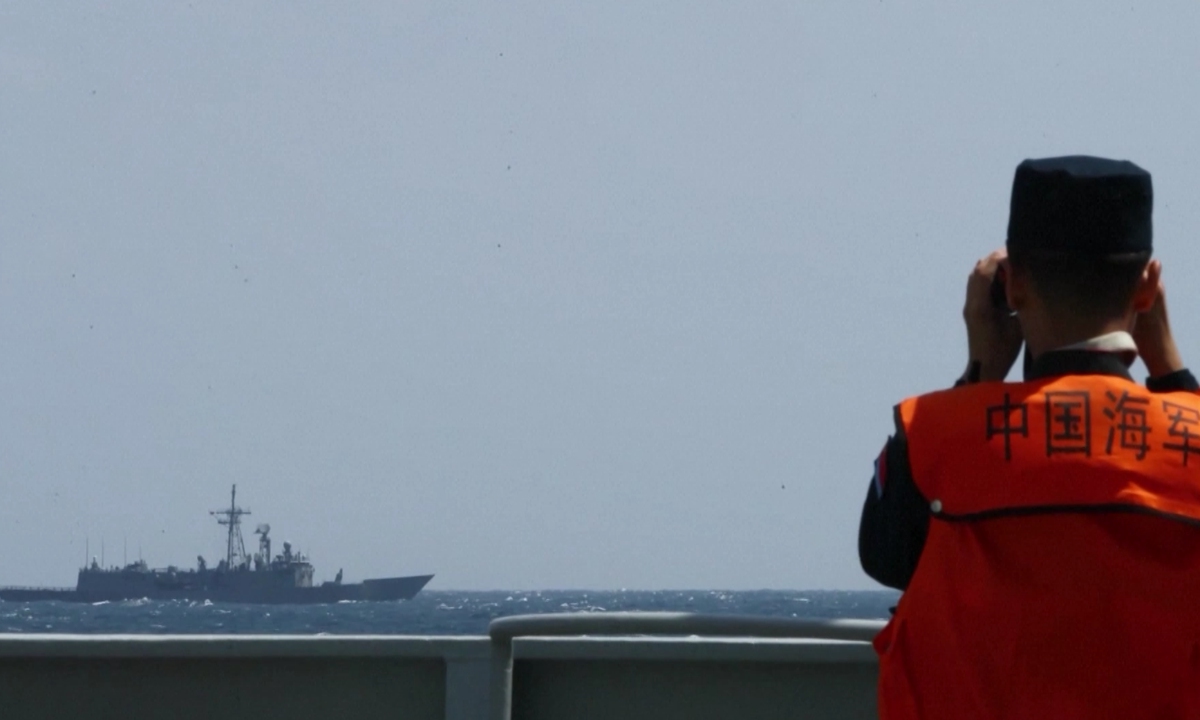
The PLA Navy in a drill on April 10, 2023 Photo: VCG
From ancient to modern
The book starts with China's striving for maritime power and safeguarding maritime rights.
The book describes the emergence of the maritime civilization in the Qin Dynasty (221BC-206BC), and then it follows a historical line from the Han to the Qing dynasties (206BC-1911) and the Republic of China (1912-1949), until the establishment of People's Republic of China in 1949.
The author uses a flexible narrative to retell historical tales of the resistance against enemies and to remember generations of Chinese heroes who defended the dignity of their country and demonstrated a strong love for the nation.
"I wish the book will be appreciated not only by relevant people, but also the others, including children."
Yang told the Global Times that adversities in his youth, as well as the unique conditions of being a journalist who went through places like the Xisha and Nansha islands of China, gave him a systematical understanding of the development and growth of the Chinese navy.
"What's more, after working for 20 years in a museum dedicated to researching the ancient and modern Chinese navy, as well as world navy and maritime history, all of those experiences have increased my knowledge about the subject and formed a solid foundation to write a book like this," Yang explained.
Yang is one of the main contributors to the establishment of the navy museum in Shanghai.
"China was once one of the earliest nations in the world to seek strength from the sea. The compass was used for navigation, the maritime Silk Road was created in the Han Dynasty (206BC-AD220), giving start to a prosperous overseas trade during the Tang and Song dynasties."
Therefore, Yang and his colleagues suggested the East China Sea Fleet to expand a memorial hall built in Wusong, Shanghai, into a naval museum.
In 1991, the museum opened to the public, after Yang and his colleagues of the museum went across the country to search for cultural relics and relevant literature from ancient times.
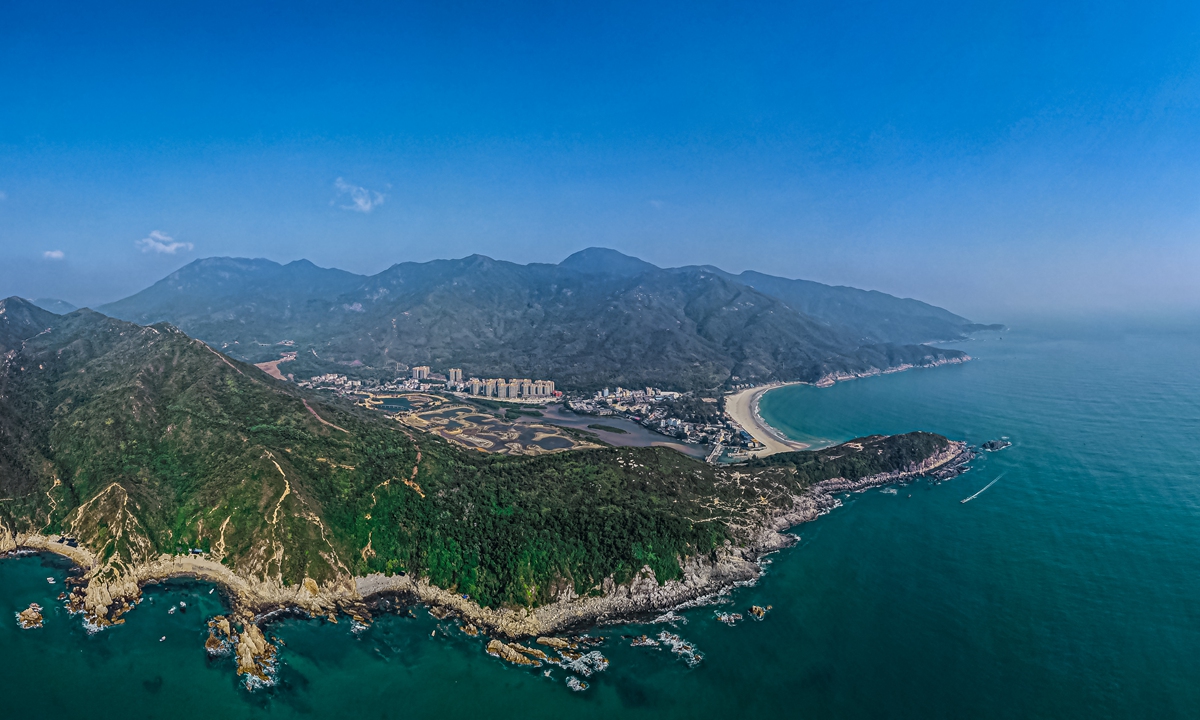
A general view of the coastline of Dongxichong in Shenzhen Photo: VCG
Not 'culture of others'
In the past, it was always believed that our ancestors mostly lived along the Yellow River and Yangtze River flatlands, gradually developing an agricultural civilization and taking it as the foundation of China, whereas maritime civilization was often regarded as the "culture of the others."
Yang did not agree with this view.
In the description inside the book, overseas trade flourished as early as the Tang Dynasty (618-907) during which it used four major trading ports such as Guangzhou and Quanzhou in southern China.
The shipbuilding industry was well-developed, as ships were carrying exquisite porcelain across the sea and reaching Europe. Even earlier, during the Han Dynasty, a maritime Silk Road was created.
"The silk production stimulated the private textile industry. According to historical records, the government collected more than 5 million pieces of silk and mixed fabrics from all over the country every year. The surplus silk had to be sold far away. This was the origin of the ancient Silk Road," explained Yang.
"To defend maritime rights and interests is a serious and important issue every country faces in this world. The actions of countries competing for marine resources have never stopped and China's development of sea power cannot be stopped."
